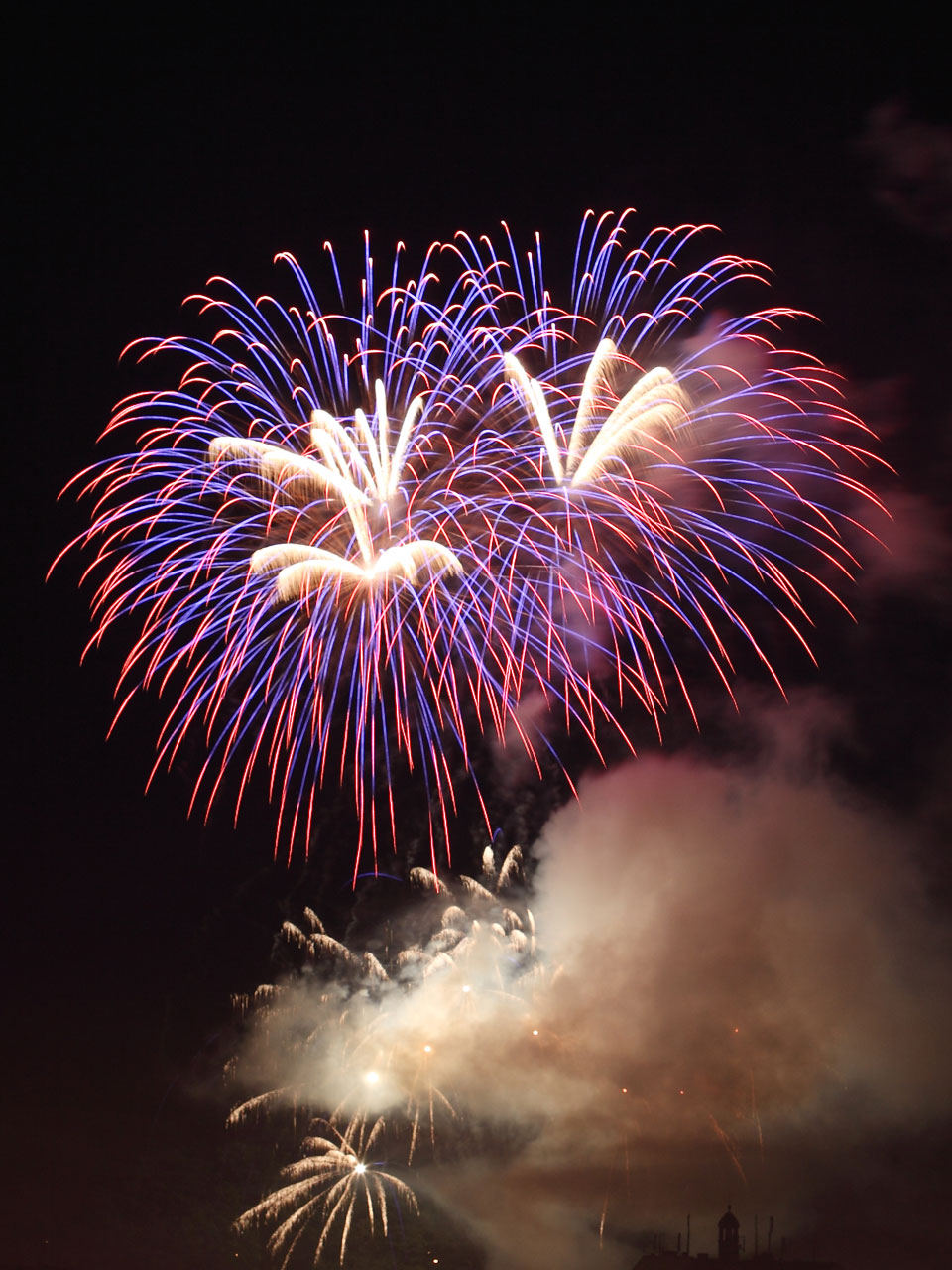In contemporary discourse, the confluence of art and science reveals profound dimensions worthy of exploration. The intersection fosters a rich tableau for innovation. It is within this framework that the phrase “A Celebration of Science: The Art of Discovery” takes on a palpable significance. Discovery transcends mere observation; it is an active engagement with the unknown, an invitation to transcend customary boundaries. As we navigate the intricate pathways of scientific inquiry, we unearth a shift in perspective, fostering an intrinsic curiosity that propels us into the depths of our universe.
The scientific method, enshrined as a bastion of rational thought, emboldens the inquisitive spirit. It encourages individuals not simply to seek answers, but to articulate questions that resonate with the intricacies of the cosmos. This dialectical approach compels scholars and laypersons alike to marvel at the natural world. For instance, consider the realm of astrophysics, wherein celestial phenomena evoke awe-inspiring contemplation regarding the origins of the universe. The mere act of gazing at the nocturnal firmament can catalyze profound existential inquiries, a testament to humanity’s unyielding quest for meaning amid the vastness of creation.
Simultaneously, the art of discovery is imbued with the element of serendipity. Historical narratives are awash with accounts of fortuitous encounters leading to ground-breaking advancements. The discovery of penicillin by Alexander Fleming epitomizes this notion; a seemingly innocuous mold transformed medicine, precipitating the dawn of antibiotics. Such occurrences implore us to remain vigilant and open to the serendipitous potential embedded within our daily observations. They beckon us to pivot our outlook on accidental findings, recognizing their catalytic capacity to instigate significant paradigmatic shifts.
Integral to this celebration of science is the acknowledgement of interdisciplinary synthesis. When disciplines converge, innovative amalgamations surface, each serving to enrich our understanding of multifaceted issues. The nexus of art, technology, and science engenders novel paradigms, yielding solutions to complex challenges. For example, the burgeoning field of bioart invites an exploration of the very essence of life, merging scientific inquiry with aesthetic expression. Such endeavors not only democratize scientific concepts but also cultivate a milieu where creative thought thrives. The interplay between analytics and aesthetics allows for a renewed appreciation of the empirical world. As stakeholders begin to consider diverse methodologies, they are, in essence, prompted to reconsider the boundaries of scientific inquiry itself.
An essential characteristic of discovery lies in its iterative nature. Scientific progress seldom adheres to a linear trajectory; rather, it resembles a labyrinthine journey adorned with detours and divergences. Each exploratory step—whether it culminates in success or frustration—contributes to the collective tapestry of knowledge. This iterative quality fosters resilience and fortitude, inviting inquiry into diverse pathways and methodologies. Evidently, it is through embracing failures and setbacks that the seeds of innovation germinate, ultimately leading to transformative breakthroughs. The paradigm shift inherent in this iterative process is emblematic of the scientific spirit. Resilience underpins this endeavor, crafting a robust narrative that celebrates persistence amid uncertainty.
Moreover, a celebration of science necessitates an emphasis on the dissemination of knowledge—a crucial conduit for engendering societal curiosity. The democratization of information, facilitated by the proliferation of technology, catalyzes a transformation in public engagement with scientific concepts. Individuals are increasingly empowered to interrogate, contribute to, and engage with scientific knowledge. Communicative platforms stretch far beyond the confines of academia, providing accessible avenues for exploration. In this context, the role of science communicators is paramount. They traverse the chasm between esoteric jargon and lay understanding, distilling complex topics into digestible insights that intrigue and captivate.
As the landscape of scientific endeavor evolves, it is imperative that the public embodies an active role in the scientific dialogue. This engendered curiosity, this eagerness to inquire and understand, serves as the bedrock for a society enriched by science. Moreover, as collective curiosity burgeons, so too does the demand for innovation. The resultant societal impetus for inquiry not only stimulates economic growth but also engenders an environment conducive to sustained creativity. Such an environment nurtures future generations of scientists, artists, and thinkers, instilling a culture wherein inquiry thrives, and knowledge flourishes.
In these multifaceted dimensions of the celebration of science, we perceive an intrinsic call to action. It implores us to recognize the significance of an inquisitive mindset and the vitality of interdisciplinary collaboration. The art of discovery, characterized by its iterative nature and serendipitous encounters, invites participants in the scientific enterprise to embrace the unknown with fervor and imagination. It challenges conventional wisdom, propelling us to seek new paradigms and champion diverse perspectives. Ultimately, it is this synthesis of curiosity, creativity, and collaboration that will illuminate the pathways of future discoveries, leading humanity toward a more profound understanding of the universe and its complexities.
Thus, in celebrating science as an art form, individuals are encouraged to revel in the pursuit of knowledge, to cultivate an unapologetic curiosity, and to embrace the ever-evolving journey that defines the human experience. It is within the contours of this ongoing discourse that the quintessential promise of discovery resides, forever captivating our imaginations and fueling our relentless pursuit of understanding.












